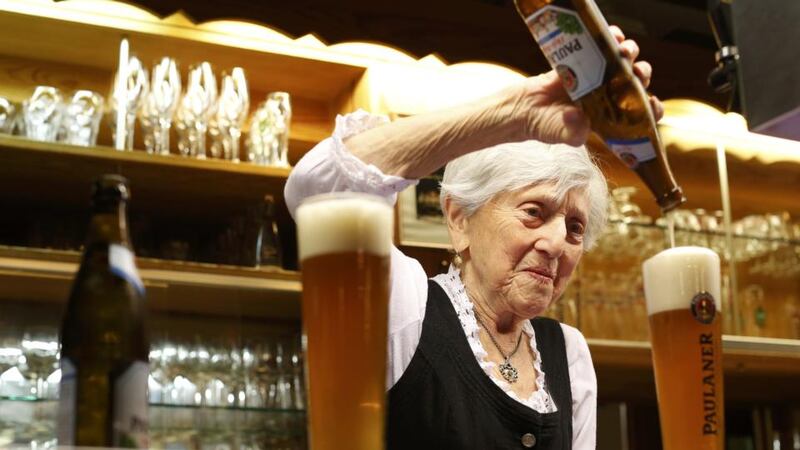In numbers: Radio Shack
1921
Year in which the US electronics retailer Radio Shack was first established as a mail-order company for amateur ham-radio operators and maritime communications officers.

8,500
Number of stores the company had across the US in the early 1980s, when times were good and it had just made a fortune selling the TRS-80 micro-computer for $600.
4,000
Number of stores it retains today, in a week in which the New York Stock Exchange moved to de-list the loss-making chain. Some of its stores are rumoured to be in the process of being sold and talk of bankruptcy circles the company.
Image of the week: Moon room
In further proof that the space age is largely about people having fun with what looks suspiciously like tin foil, this is the Bigelow Expandable Activity Module (Beam), a sort of inflatable room for astronauts – “expandable space habitat” is the more official term. It will be tested on the International Space Station this year. Nevada-based Bigelow Aerospace, which is being paid $17.8 million by US space agency Nasa to send its technology on the station, later intends to operate free-flying orbital outposts for paying guests (mostly government agencies, researchers and other businesses), followed by a series of bases on the moon, beginning in around 2025. Photograph: Nasa via Reuters.
The Lexicon: The
‘Paper Bag
’
The “Paper Bag”, also known as the “Brown Paper Bag” or the “Crumpled Bag” is the nickname given to a new Frank Gehry building at the University of Technology, Sydney. The architect says he was inspired by Renaissance artists and architects who were fascinated with folds in skin and clothing when he designed the business school at the Australian university. “The fold is primitive, you’re in your mother’s arms when you’re a child, and so we tried to do that with brick,” he says. The Dr Chau Chak Wing Building, named after a billionaire businessman who stumped up some cash for it, is “a growing learning organism with many branches of thought, some robust and some ephemeral and delicate”. It looks cool, but also like there’s just been an earthquake.
Getting to know: Kathi Kink German waitress Kathi Kink works at the Gasthaus zum Goldenen Tal tavern in Naring near Weyarn in southern Germany. What makes her special is that she's been putting in shifts there since 1939. Now aged 91, she serves her guests drinks and meals for between five and 11 hours a day, five days a week. At her nearby home, she has a collection of 50 traditional Bavarian dirndl dresses, of the kind waitresses wear in the Gasthaus. Since 1977, she has worn a mileometer to record her steps and so far she has completed a distance of 81,000km, though when she's not serving she likes to put up her feet and read. Kink found Naring dull when she first arrived aged 16, but today she says the tavern is her life. Clearly, there is some job satisfaction involved.
The list: Forbes US company picks Forbes has come up with a ranking of the "most promising" high-growth, privately held American companies that it is tipping for success, notwithstanding the fact that many of them have silly names (AppLovin, Panjo etc). Here's the top five:
1 Instacart A San Francisco grocery delivery company valued at $2 billion. “Instacart is everywhere these days,” Forbes said. That’s not technically true, of course – not yet.
2 Suja Juice With the US soft drinks market in decline, the time is now for another Californian company that produces organic fruit juice.
3 AdBoom Group A digital advertising sales company with a sideline in marketing and selling vitamin supplements.
4 Precision Frac Not one for tech hipsters. This supplier to the oil and gas industry produces hardware that transfers water for fracking.
5 Carvana The e-tailer that “wants to convince shoppers used cars can be sold and delivered in almost the same way as pizzas”, according to Bloomberg. It means sight-unseen, not 10 minutes late and burnt round the edges.










